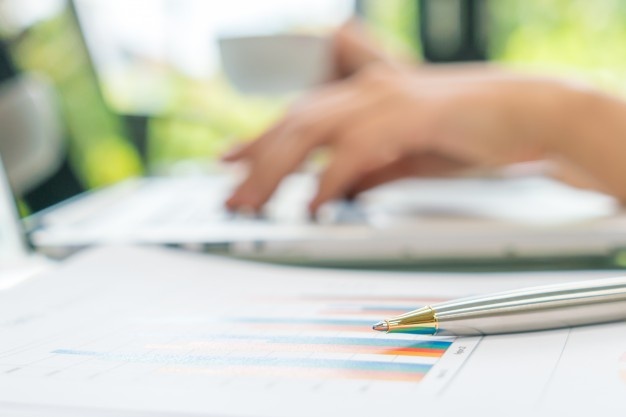With the advent of the retirement period of power batteries and the constraints of lithium resources, the recovery of lithium batteries is inevitable. In the context of carbon neutrality, the electric vehicle and energy storage market will grow rapidly. Considering environmental protection factors, regional constraints of lithium resources and lithium price factors, the recycling of waste lithium batteries is a necessary work. However, the current policy is being improved, and standards and prices are the core constraints.
In 2030, the recycling of ternary and lithium iron phosphate batteries will become a 100 billion market. For ternary batteries, according to our calculation, when the metal is at the average price, the lithium / nickel / cobalt / manganese recovery market space of ternary batteries is expected to be 27.3/157138/1 billion yuan in 2030. In 2030, the total recycling space of ternary battery metal will reach nearly 60 billion yuan at an average price.
Lithium iron phosphate batteries are recycled through echelon utilization, and the high lithium price drives the profits of the recycling link. The economic benefit of direct disassembly and recycling of lithium iron phosphate battery is not great. The economic compensation scheme is: 1) first improve the income through echelon utilization, and 2) internalize the treatment cost through administrative means and subsidies. For lithium iron phosphate batteries, we predict that under the medium residual value, the market space for echelon utilization of lithium iron batteries is expected to be 33.9 billion yuan in 2030. When the lithium metal is at the average price, the market space for lithium element recovery of lithium iron phosphate batteries is expected to be 14.4 billion yuan in 2030.
Lithium battery recycling can be used as an "urban mine" to make up for the shortage of lithium carbonate supply. The supply of lithium carbonate with the increase of power and consumption lithium battery recovery channels increases year by year, which can be used as an "urban mine" to help make up for the shortage of lithium carbonate supply.
The overseas power battery recycling mode can be used as a stone from another mountain. Referring to the developed countries in Europe and the United States, power battery manufacturers often bear the main responsibility of battery recycling, and the main engine factory and battery leasing company play a role in coordinating the recycling.
According to the different responsibility subjects, it can be divided into the recycling mode of power battery manufacturers represented by Japan (including through electric vehicle dealers and battery leasing companies), the recycling mode of industry alliance represented by European and American countries (the recycling alliance formed by power battery manufacturers) and the third-party recycling mode.
Mutual benefit and win-win results, "cost reduction" and "closed loop" are the source power of the business model. According to the different nature of leading enterprises in China's existing business models, China Shipbuilding Industry Group Power Co.Ltd(600482) battery recycling market has spawned the recycling business model of power battery enterprises, lithium battery material enterprises and echelon utilization business model. (1) The recycling mode of power battery enterprises improves the upstream bargaining power of raw materials and reduces battery costs. Representative enterprises in China include Contemporary Amperex Technology Co.Limited(300750) , Byd Company Limited(002594) , Gotion High-Tech Co.Ltd(002074) , etc. (2) Lithium battery material enterprise recycling mode, recycling key metal resources, forming an industrial closed loop and cost reduction space. Many ternary precursor enterprises have layout in the field of power battery recycling, such as Gem Co.Ltd(002340) , Bangpu cycle ( Contemporary Amperex Technology Co.Limited(300750) subsidiary), Zhejiang Huayou Cobalt Co.Ltd(603799) , Xiamen Tungsten Co.Ltd(600549) holding Ganzhou haopeng, Cngr Advanced Material Co.Ltd(300919) , Ganfeng Lithium Co.Ltd(002460) , etc. (3) Echelon use of business models, such as China's iron tower.
Investment suggestion: lithium battery recycling helps to make up for the supply gap of upstream resources, especially lithium resources. Lithium battery recycling has broad market space and development prospects. Attention: (1) lithium battery recycling enterprises with perfect metal resource recycling capacity: Miracle Automation Engineering Co.Ltd(002009) , Guangdong Guanghua Sci-Tech Co.Ltd(002741) ; (2) Enterprises transforming into lithium battery recycling field: Wangneng Environment Co.Ltd(002034) , Zhefu Holding Group Co.Ltd(002266) ; (3) Ternary precursors and positive enterprises that form a closed loop of industrial chain integration: Bangpu cycle ( Contemporary Amperex Technology Co.Limited(300750) ), Guangdong Fangyuan Environment Co.Ltd(688148) , Cngr Advanced Material Co.Ltd(300919) , Gem Co.Ltd(002340) , etc.
Risk analysis: Policy subsidies are less than expected; The recovery rate and process cost reduction of power battery are lower than expected, and the environmental protection risk is large; Technological progress of lithium battery materials and decline of related metal prices.
